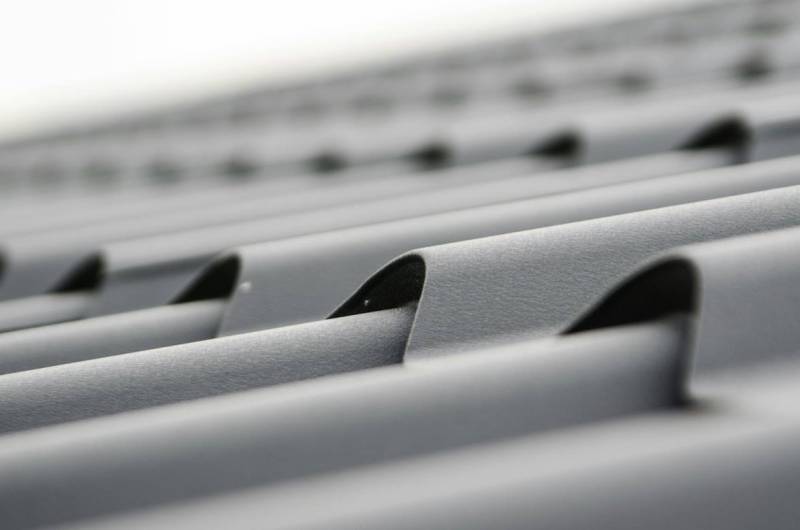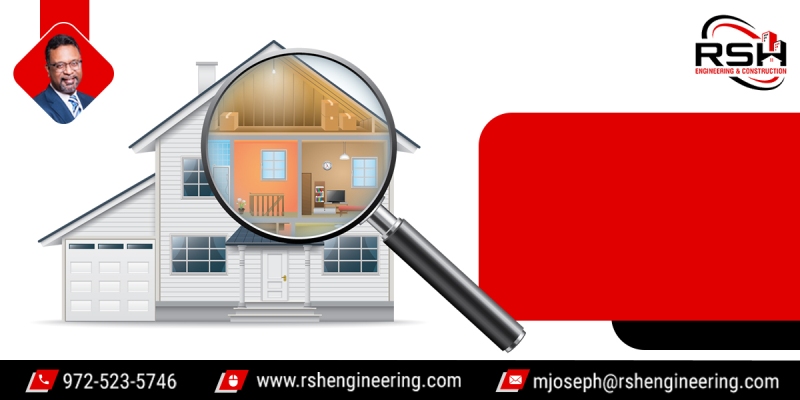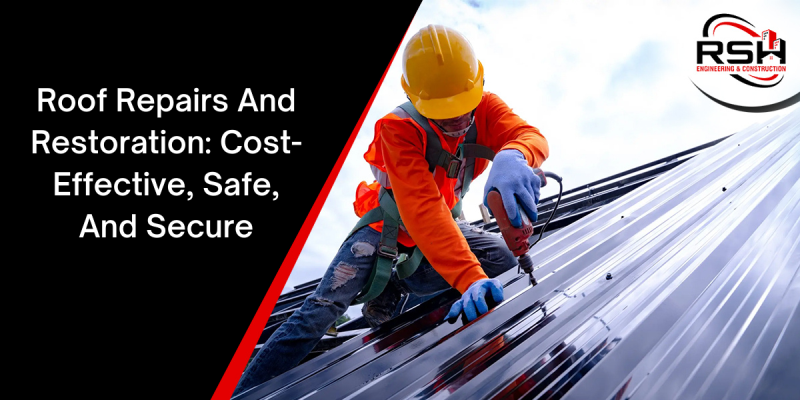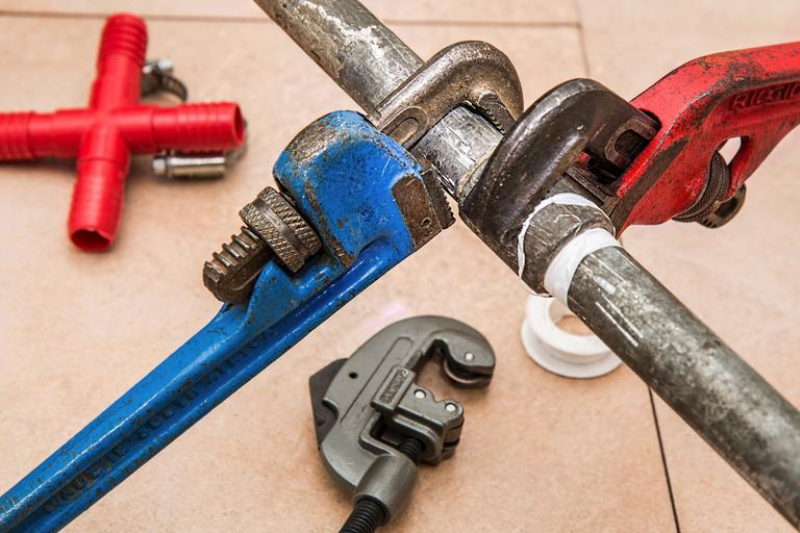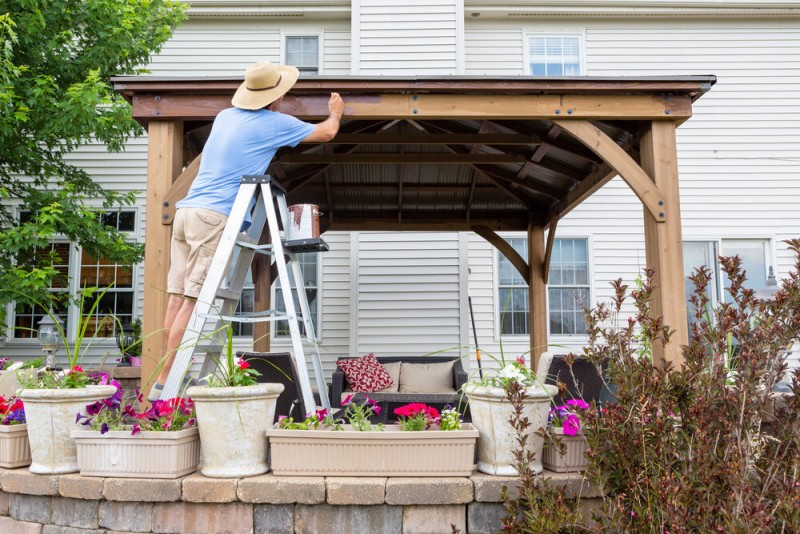Knowing when your roof needs replacement can save an immense amount of money and headaches. Ignoring roof problems can cause severe damage to a home. Roof systems are designed for a certain lifespan, but several elements, like weather and maintenance, can impact performance and longevity. Homeowners should be aware of signs advising roof gets to the end of serviceability.
Age of Roof
An important factor that requires consideration is age. Most roofs with asphalt shingles are designed to last around 20 to 25 years. If the roof is approaching that timeframe, begin inspections to identify any potential issues, helping to plan for necessary changes. Consider past repair history—repeated repairs may make opting for a complete replacement a more financially prudent choice over continued mending. Regular check-ups from a local Austin roofing company or a certified roofing inspector elsewhere can help assess the roof's actual condition, ensuring the right decision regarding whether repairs will suffice or a full replacement is needed.
Shingle Condition
Check shingle appearance by looking at the ground when it's nice and sunny. If shingles are curled or cracked, it indicates exposure to weather or aging. When granules are missing, it means shingles are losing protection, causing the material to degrade quickly. A significant amount of lost granules in the gutters indicates serious deterioration, compromising the overall stability of the roof. If you notice detached or missing pieces, replacement may be necessary to maintain the dwelling’s watertight integrity effectively!
Leakage and Water Stains
Investigating interior ceilings and walls closely related to moisture invasion becomes a vital task when evaluating roof competence. If stains or watermarks appear after rain, it implies a probable breach. Interior inspection must include attics, where signs of water may become increasingly apparent compared to external observations, which mainly focus on overall outer areas. Stains might be small initially; nevertheless, they can grow larger, leading to further damage if ignored over a prolonged period.
Sagging Roof Deck
A roof deck that sags seriously compromises structural support. If walking on the roof feels bouncy or if visible dips appear indoors, it indicates that the underlying structure is weakened due to water accumulation or aging. Repair is crucial to preserving the structural stability of the entire house. This issue often requires a thorough inspection by specialized, skilled roof workers who can assess the overall integrity of the support system. Such professionals understand which components provide strength and can identify weakened areas within decks or frames early on.
Moss and Algae Growth
The growth of moss and dark algae retains moisture within shingles, causing them to degrade faster as seasons pass. While aesthetically unappealing, this also presents fundamental concerns. Cleaning helps resolve minor infestations, but extensive growth indicates compromised material that traps excessive moisture against building components. Such problems can worsen depending on the surrounding environment, particularly the region's humidity level, which influences the spread of these plants. Routine roof cleaning reduces issues and helps maintain a healthier structure for longer compared to neglecting treatment throughout entire seasons.
Damaged Flashing
Flashing consists of thin metal pieces installed around chimneys, vents, and skylights to prevent water from entering vulnerable areas that could cause leaks. When damaged, corroded, or improperly installed, it allows water to seep in, leading to severe internal issues. Inspect the flashing for obvious signs of ruptures or dislocations, particularly around these junction areas. Prompt repairs replace the damaged sections, ensuring a watertight seal is maintained at all times to protect structural integrity across varying weather conditions.
Attic Inspection Findings
Check inside the attic for indications of damp patches during sunny conditions, as these might highlight subtle roof concerns that could worsen over time. Assess insulation and wooden beams for moisture or mold issues, as these often indicate underlying roof troubles that require attention. Proper attic ventilation maintains a balanced moisture level in surrounding roof areas, helping to prevent future problems.
Neighboring Tree Branches
Overhanging limb structures pose risks during vigorous tempests. If the wind causes them to brush against the roof, branches rubbing against shingles can gradually wear down surfaces, significantly reducing their lifespan over time. Consider trimming these vegetation components to keep the area clear, preventing damage from falling debris and avoiding premature wear. This ensures all roof components remain protected consistently, providing added safety.
Increased Energy Bills
Abrupt spikes in electric bills can signal concerns regarding roof functionality and efficiency. A roof that allows excessive heat or cold to permeate forces heating and air conditioning systems to work harder to maintain an ideal indoor temperature. Replacing worn areas may result in significant energy cost reductions over time. Evaluate insulation capabilities alongside the roof’s efficiency to minimize heat loss and gain consistently, ensuring optimal thermal performance in the long run.
Past Severe Weather Events
Powerful storms, windstorms, or intense hail can drastically impact roof integrity. Following such significant climatic occurrences, a complete inspection is a sensible step, even if obvious damage is not readily visible. Check for loosened materials and damaged spots, especially after severe hail. Taking quick action prevents minor issues from escalating into major concerns sooner rather than later.
Conclusion
Recognizing these key signs is essential for maintaining the protective qualities of your home. Timely replacements help avoid costly repairs associated with moisture seepage or structural failure. Stay attentive to warning signs, engage qualified Austin roofing company professionals for in-depth assessments as needed, and take the right steps to ensure the longevity and durability of your property’s protective elements. This approach supports a more secure future.

